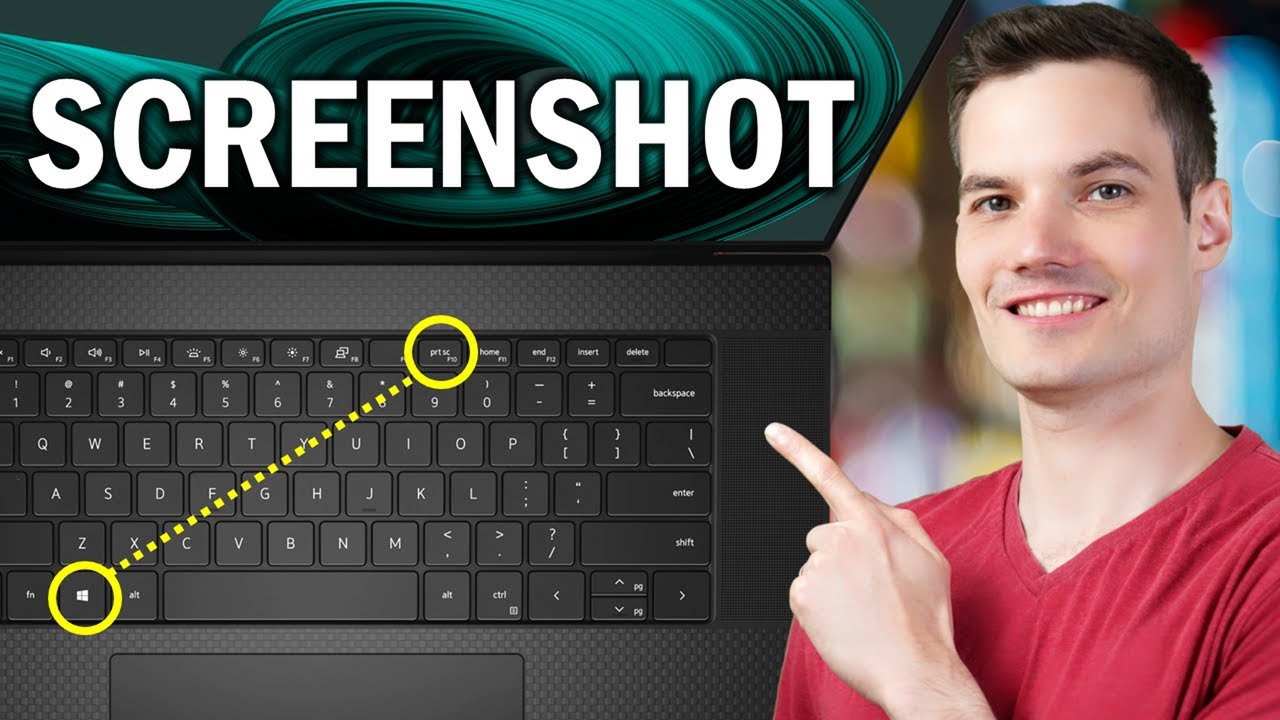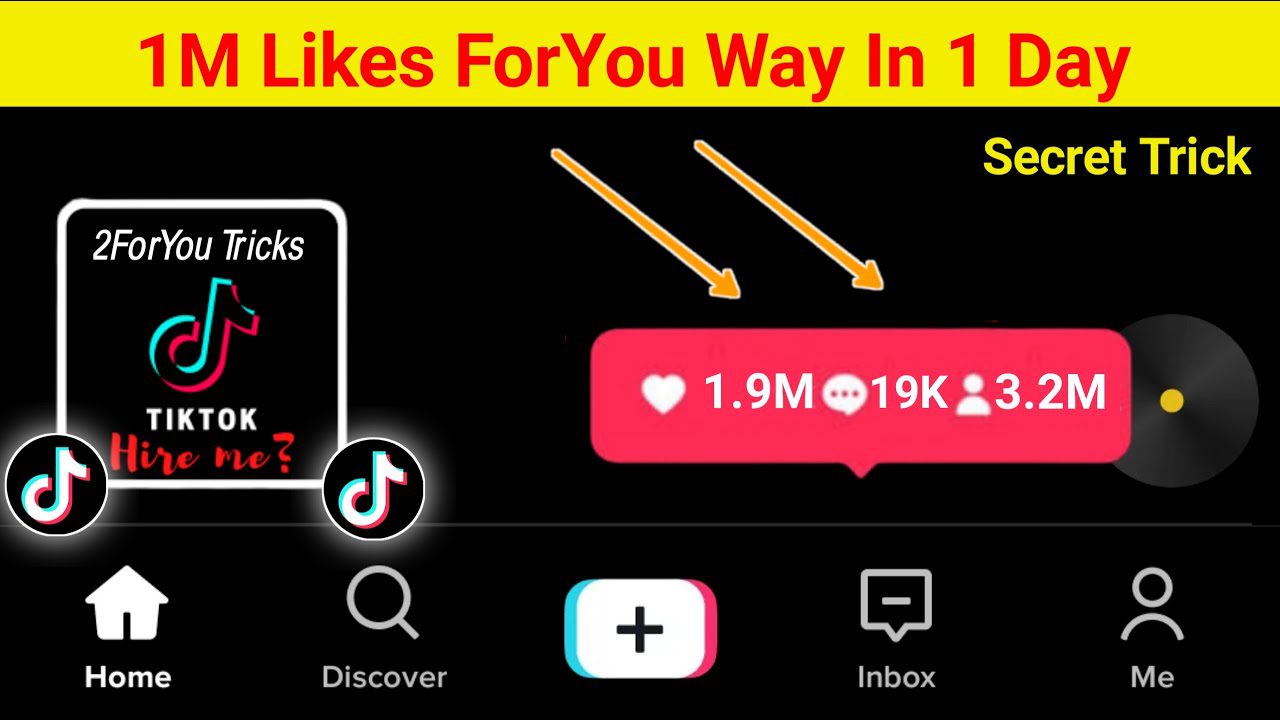Introduction
When it comes to video editing, professionals and enthusiasts are always on the lookout for tools and techniques that can enhance their editing process. XML and shadow are two essential elements that play a crucial role in the world of video editing. In this article, we will explore the significance of XML and shadow, their benefits, and how you can download them to elevate your video editing projects.
Understanding XML in Video Editing
What is XML? XML, short for Extensible Markup Language, is a markup language commonly used to store and transport data. It provides a structured format for organizing information, making it easier for video editors to manage their projects effectively. XML files contain tags and attributes that define the elements within the project, such as clips, sequences, effects, and transitions.
Role of XML in Video Editing XML acts as a bridge between different video editing software applications. It enables the exchange of project data and metadata, allowing editors to collaborate seamlessly and work across multiple platforms. By using XML, video editors can transfer their projects from one software to another without losing crucial information, such as edits, effects, and transitions.
Shadow in Video Editing
Definition and Purpose of Shadow In the realm of video editing, shadow refers to a visual effect that adds depth and dimension to a video clip. It creates a soft, blurred outline around the subject, mimicking the appearance of a shadow cast by natural or artificial light sources. The purpose of using shadow in video editing is to enhance the overall aesthetics and visual appeal of the footage.
Importance of Shadow in Video Editing Shadow has a significant impact on the perception of depth and realism in video editing. By carefully applying shadow effects, editors can make their footage appear more three-dimensional and lifelike. Whether it’s a product showcase, a documentary, or a narrative film, using shadow appropriately can elevate the visual storytelling and engage the viewers on a deeper level.
Benefits of Using XML and Shadow in Video Editing
Efficient Workflow and Organization By leveraging XML, video editors can streamline their workflow and improve project organization. XML files allow editors to store project data separately from the media files, making it easier to manage and update the project structure. Additionally, XML enables editors to automate repetitive tasks, saving valuable time and effort.
Flexibility and Customization XML empowers video editors with the ability to customize their projects according to their specific needs. With XML, editors can create templates, presets, and reusable effects that can be applied across multiple projects. This flexibility not only enhances productivity but also ensures consistency in the visual style and branding of the videos.
Collaboration and Compatibility XML facilitates collaboration between video editors, especially when working on the same project using different software applications. By exporting and sharing XML files, editors can seamlessly transfer projects, preserving the edits, effects, and other vital information. This compatibility between various editing tools promotes efficient teamwork and expands the creative possibilities.
How to Download XML and Shadow for Video Editing
Online Resources and Repositories To download XML files and shadow effects, there are numerous online resources and repositories available. Websites such as [Example Website] offer a wide range of XML templates and shadow presets created by professionals in the industry. These resources can be downloaded and imported into video editing software, providing instant access to a plethora of creative options.
Popular Video Editing Software that Supports XML and Shadow Leading video editing software applications like Adobe Premiere Pro, Final Cut Pro, and DaVinci Resolve have extensive support for XML and shadow effects. These software tools provide built-in features and functionalities that enable users to import XML files seamlessly and apply shadow effects effortlessly. By exploring the respective software’s documentation and official websites, you can find detailed instructions on how to download and utilize XML and shadow in your video editing projects.
Tips for Using XML and Shadow Effectively
Organizing and Managing XML Files To maintain an efficient workflow, it’s crucial to establish a systematic approach for organizing and managing XML files. Create a dedicated folder structure to store XML files and keep them well-organized based on project type, style, or category. Additionally, consider adding relevant metadata and descriptions to XML files to make them easily searchable and retrievable in the future.
Applying Shadow in Video Editing When applying shadow effects in video editing, it’s essential to strike the right balance. Experiment with different intensities and angles to achieve the desired visual impact without overpowering the footage. Remember to consider the lighting conditions and the mood you want to convey through the shadow effect. Subtle and well-executed shadow application can significantly enhance the overall aesthetics of your video.
Common Mistakes to Avoid While using XML and shadow in video editing, it’s important to be aware of common mistakes that can hinder your editing process. Avoid overcomplicating the XML structure, as it may lead to confusion and errors. Furthermore, be cautious not to overuse or misuse shadow effects, as it can distract viewers from the main subject or make the footage appear artificial. Always strive for a balanced and tasteful approach.
Conclusion
XML and shadow are powerful elements in the world of video editing. XML facilitates seamless collaboration and customization, while shadow adds depth and realism to video clips. By leveraging these tools effectively, video editors can enhance their workflow, unleash their creativity, and captivate audiences with visually compelling videos.
FAQs
- Can I use XML and shadow effects in any video editing software? Yes, XML and shadow effects are widely supported in popular video editing software such as Adobe Premiere Pro, Final Cut Pro, and DaVinci Resolve.
- Are XML files compatible across different software applications? XML files can be imported and exported between compatible software applications, ensuring the transfer of project data and metadata.
- Where can I find XML templates and shadow presets for video editing? Online resources and repositories like [Example Website] offer a wide range of XML templates and shadow presets created by professionals in the industry.
- How do I apply shadow effects effectively without overpowering the footage? Experiment with different intensities and angles, considering the lighting conditions and desired mood. Aim for a subtle and well-executed shadow effect that enhances the aesthetics of the video.
- What are some common mistakes to avoid when using XML and shadow in video editing? Avoid overcomplicating the XML structure and be cautious not to overuse or misuse shadow effects, as it can distract viewers or make the footage appear artificial. Strive for balance and tasteful application.




